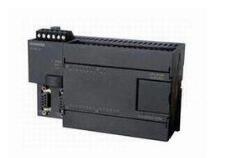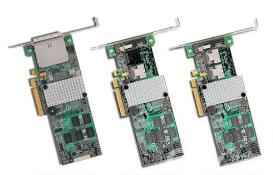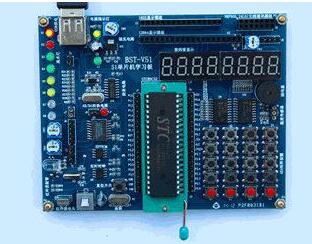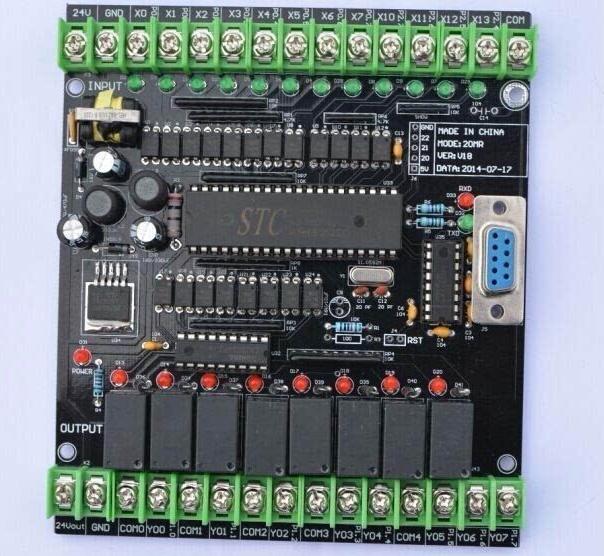1. There is no ROM inside the early SCM, such as 8031, 8032. This kind of SCM can only expand the UV erasing EPROM memory, which is the ROM on the chip with the window. The UV-erased ROM needs to be irradiated with ultraviolet light for a long time (10 minutes or more) to erase the contents of the chip in order to write a new program.
2. Some internal micro-controller ROMs are once written and formed, for example, 8751, programs cannot be erased after they are written into the microcontroller's ROM.

1, the software simulator
This method is mainly to use computer software to simulate the operation, the actual microcontroller operation so simulation and hardware-independent system has certain advantages. The user can verify the program without setting up a hardware circuit, and is particularly suitable for a program that emphasizes the algorithm. The disadvantage of software simulation is that it is impossible to fully simulate the hardware-related part. Therefore, the final design must be completed through hardware simulation.
2, hardware simulator
Use additional hardware to replace the microcontroller of the user system and complete all or most of the functions of the microcontroller. With additional hardware, the user can control the operation of the program, such as single-step, full-speed.

The single-chip microcomputer emulator refers to a set of special hardware devices specially designed and manufactured for the purpose of debugging the single-chip microcomputer software.
The role of microcontroller simulatorThe SCM emulator is a development tool that replaces the SCM chip for hardware and software debugging in the electronic product development stage. With the integrated development environment using the emulator can be single-step tracking and debugging of the microcontroller program, you can also use breakpoints, full speed and other debugging tools, and observe the real-time data of various variables, RAM and registers, tracking the implementation of the program.
At the same time, the hardware circuit can also be debugged in real time. Using a microcontroller emulator can quickly find and eliminate logic errors in the program, greatly reducing the development cycle of the microcontroller. In the scene, only using the writer to write the MCU repeatedly, the method of developing by visually observing the results greatly increases the difficulty of debugging, prolongs the entire development cycle, and it is not easy to find many hidden errors in the program, especially for MCU development experience It is more difficult for beginners who are not rich. It can be seen that the development of single-chip microcomputer MCUs plays an important role.

The hardware resources such as the P port inside the emulator are basically compatible with the 51 series microcontrollers. The emulation main control program is stored in a special designated space of the emulator chip, and a special address segment is used to store the emulation main control program. The emulation main control program controls the correct operation of the emulator as the operating system of a computer.
The upper computer software of the emulator and the computer (ie, KEIL) is connected through a serial port. The RxD and TxD ports of the emulator chip communicate with the serial port of the computer. RxD is responsible for receiving control data sent from the host computer. The TxD is responsible for the control data. Send feedback to computer host. The control instruction is issued by KEIL, and the emulator main program inside the emulator is responsible for executing the received data and performing the correct processing. This in turn drives the corresponding hardware work, which also includes storing the received BIN or other format program into a memory unit inside the emulator chip to store the executable program (this process is similar to writing the program to the 51 chip. However, the emulation of the emulator is done in the form of an overlay), so that a similar programmer can be programmed and tested repeatedly.
The difference is that the emulation of the main control program allows these target programs to perform specific operations, such as single-step, designated endpoints, specified addresses, etc., and the status of each memory cell in the single-chip microcomputer is observed from time to time through KEIL. After connecting the emulator and the host computer, it is like the relationship between two precision gears meshing with each other. Once the link is forcibly interrupted (such as forcing the emulator to manually reset or unplugging the online line, etc.), the computer will prompt a problem online. This also reflects the distinctive characteristics of hardware simulation, namely "What You See Is What You Get". These are all things the programmer can't do. These have provided relatively strong guarantees for debugging, modification, and generation of the final program, thereby achieving higher efficiency.

The earliest single-chip emulator is a set of independent devices with a dedicated keyboard and display for inputting programs and displaying the results of the operation; with the popularity of PCs, most of the new generation of emulators use the PC as a standard input. The output device, and the emulator itself becomes the interface between the microcomputer and the target system. The simulation method also evolves from the initial machine code to assembly language and C language simulation. The simulation environment is also very similar to the high-level language programming and debugging environment on the PC. Now.
The simulator generally has a simulation head, which is used to replace the single-chip microcomputer in the target system, that is, to use this plug to imitate the single-chip microcomputer. This is also the origin of the name of the single-chip emulator.
At present, with the development of miniaturization, patching, and single-chip microcomputers with ISP and IAP functions, the range of application of conventional microcontrollers has also been reduced. The application of the software single-chip emulator (ie, the microcontroller emulation program) is gradually widespread. The single-chip microcomputer emulation program is a special program running on a personal computer. It can simulate the hardware environment of the single-chip microcomputer to a certain extent and operate the single-chip microcomputer target program under this environment. , And can debug the target program, breakpoints, observation variables and other operations, can greatly enhance the debugging efficiency of the SCM system. The pure software MCU emulator is often integrated with the hardware design program, allowing developers to develop the MCU hardware and software simultaneously.
Perfume Lotus Tea Perfume Lotus TeaPerfume
Perfume Lotus TeaPerfume Lotus TeaPerfume Lotus TeaPerfume Lotus TeaPerfume Lotus TeaPerfume Lotus TeaPerfume Lotus TeaPerfume Lotus TeaPerfume Lotus TeaPerfume Lotus TeaPerfume Lotus TeaPerfume Lotus TeaPerfume Lotus TeaPerfume Lotus TeaPerfume Lotus TeaPerfume Lotus TeaPerfume Lotus TeaPerfume Lotus TeaPerfume Lotus TeaPerfume Lotus TeaPerfume Lotus TeaPerfume Lotus TeaPerfume Lotus TeaPerfume Lotus TeaPerfume Lotus TeaPerfume Lotus TeaPerfume Lotus TeaPerfume Lotus TeaPerfume Lotus TeaPerfume Lotus TeaPerfume Lotus TeaPerfume Lotus TeaPerfume Lotus TeaPerfume Lotus TeaPerfume Lotus TeaPerfume Lotus TeaPerfume Lotus TeaPerfume Lotus TeaPerfume Lotus TeaPerfume Lotus TeaPerfume Lotus TeaPerfume Lotus TeaPerfume Lotus TeaPerfume Lotus TeaPerfume Lotus TeaPerfume Lotus TeaPerfume Lotus TeaPerfume Lotus TeaPerfume Lotus TeaPerfume Lotus TeaPerfume Lotus TeaPerfume Lotus TeaPerfume Lotus TeaPerfume Lotus TeaPerfume Lotus TeaPerfume Lotus TeaPerfume Lotus TeaPerfume Lotus Tea
Perfume Lotus Tea
Guangdong ganzhou , https://www.tlqcjs.com